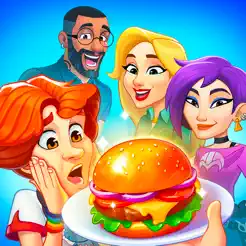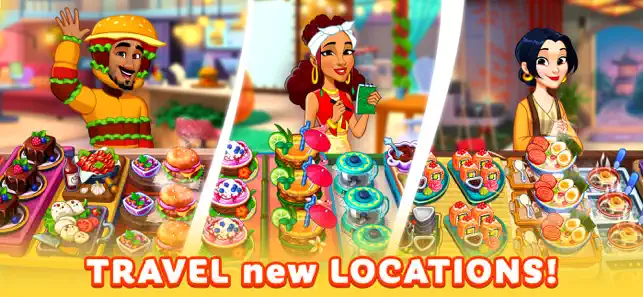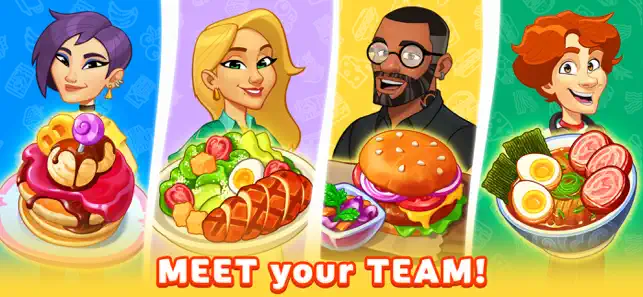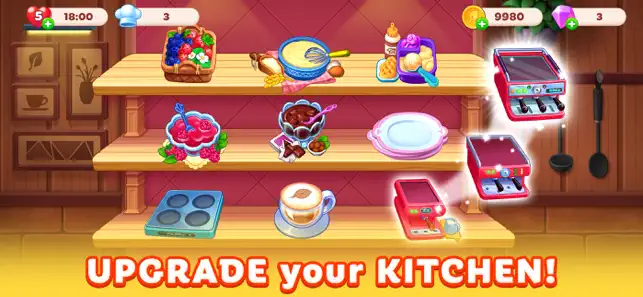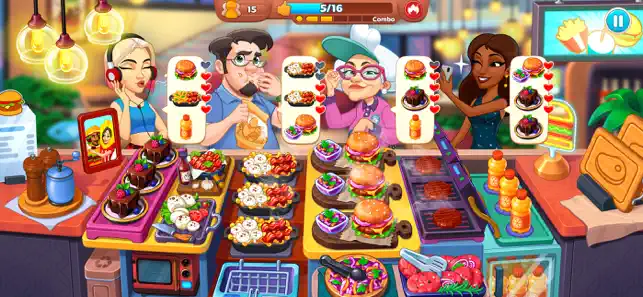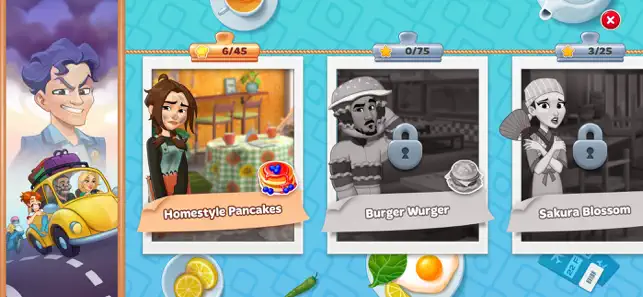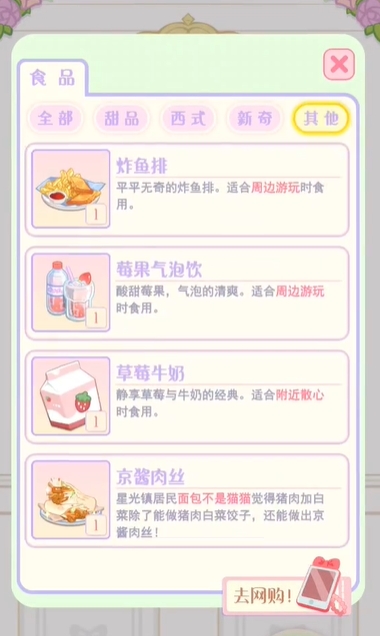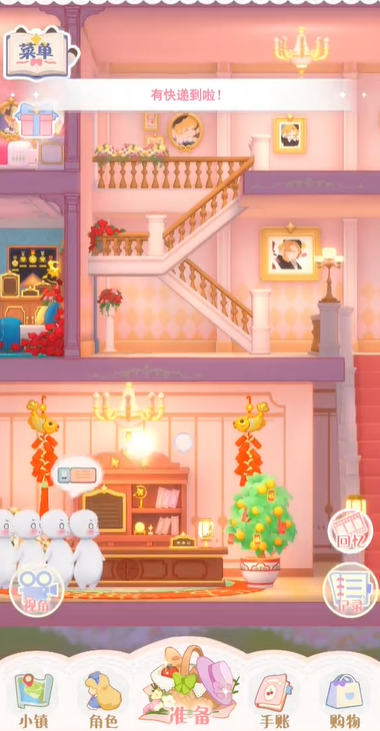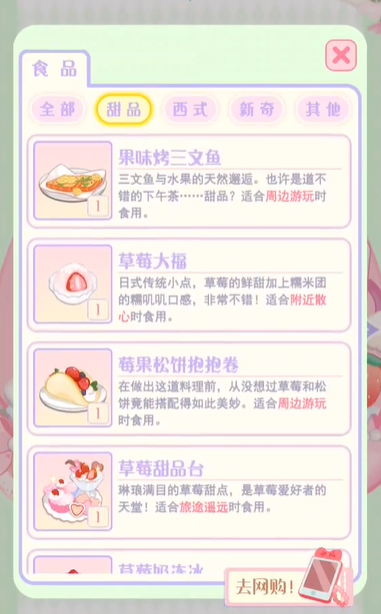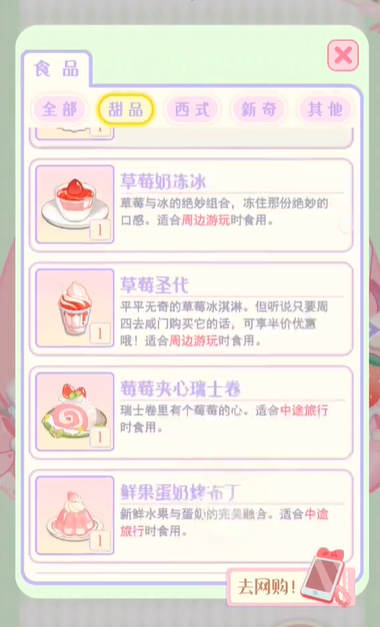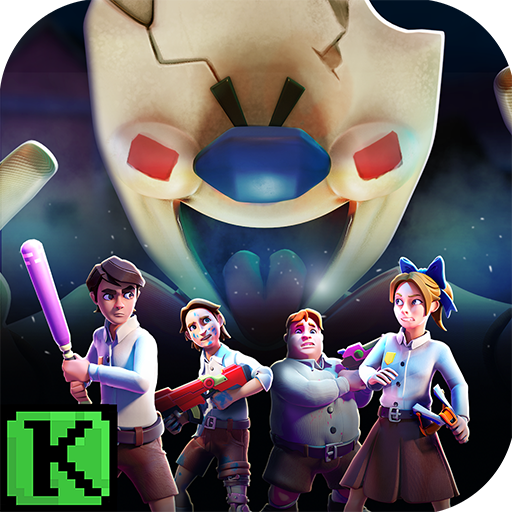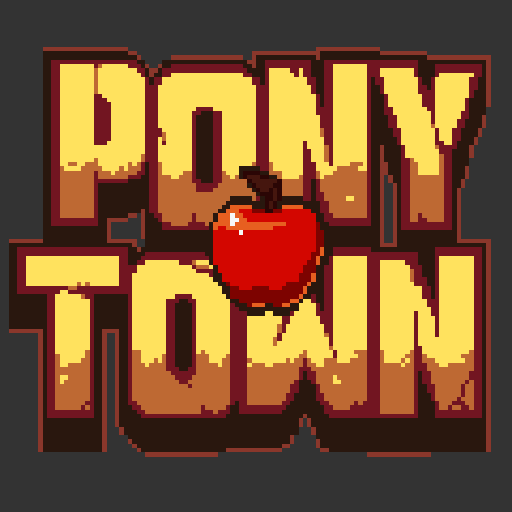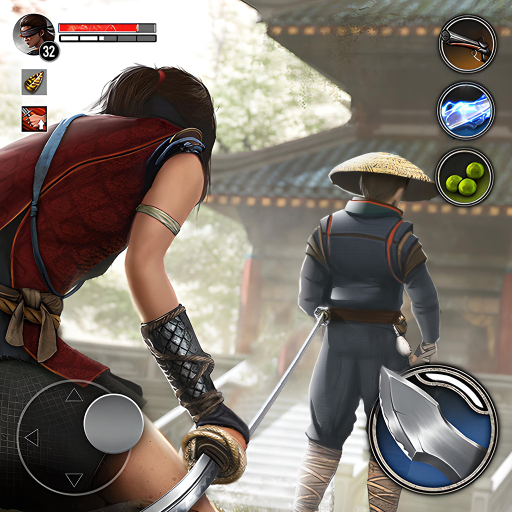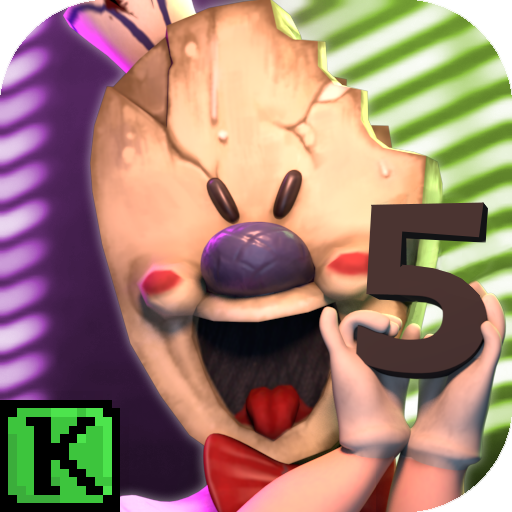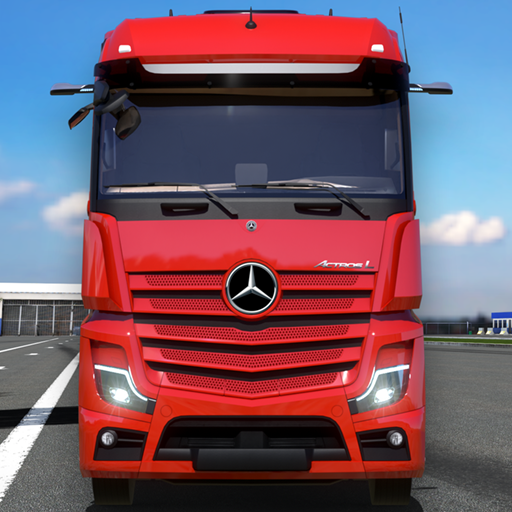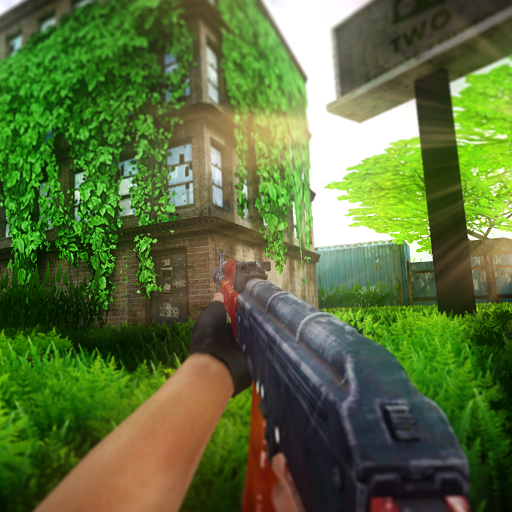Chef & Friends: Cooking Game
Boost
Game Introduction

Recommend
Strategy
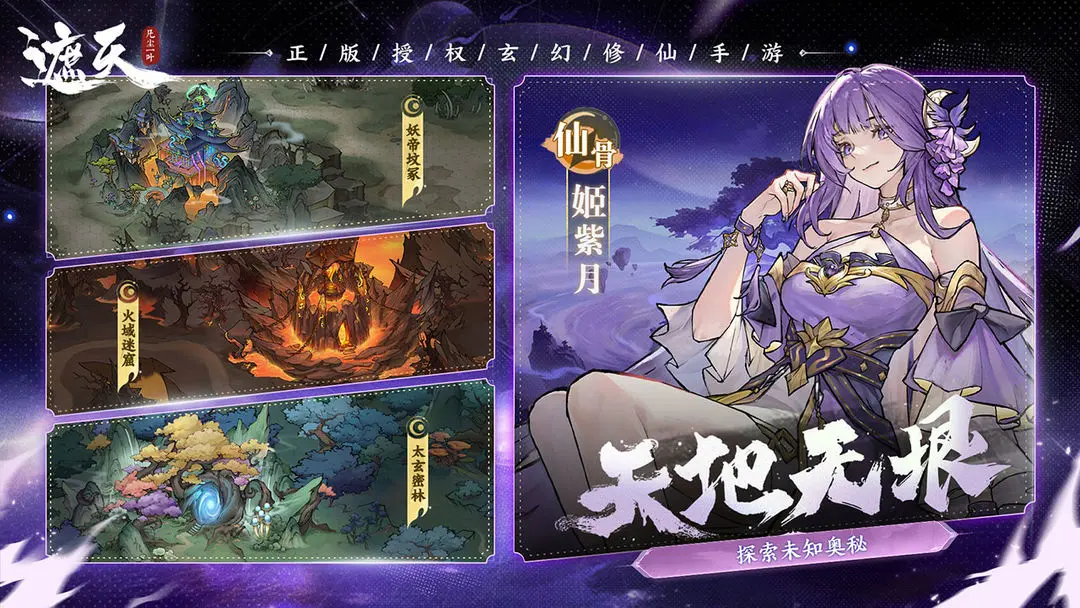
A Guide to Zhetian Fanchen Yiyue Sharing Tips for New Players on How to Play Zhetian Fanchen Yiyue
As a game adapted from the highly popular novel "遮天" (Invincible), "遮天凡尘一叶" is expected to attract many fans of the novel. However, for newcomers who are playing for the first time, it's necessary to get familiar with its gameplay. Therefore, here is a guide for "遮天凡尘一叶" to help you get started with this new game. If you want to quickly get into the game, new players should read through the following guide, which will make it easier for you to embark on your adventure later. First, let's talk about its main...
2025-08-13 15:32:34
Introduction to the Public Beta Time of Zhetian Fanchen Yeyi When is the public beta for Zhetian Fanchen Yeyi?
08-13
How is Zi Yue from Zhetian Fanchen? Introduction to Zi Yue from Zhetian Fanchen
08-13
What are the Luhida Origin redemption codes? Sharing of Luhida Origin mobile game gift codes
08-13
Lu Xida Origin Team Recommendations Lu Xida Origin Team Guide
08-13
Lu Xida Origin Strategy Sharing: Beginner's Guide to Lu Xida Origin
08-13
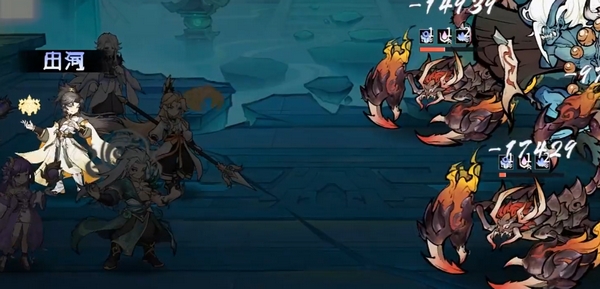
What are the redemption codes for Zhetian Fanchen Yanye? Sharing of gift codes for the Zhetian Fanchen Yanye mobile game.
Coiling Dragon is a very famous novel IP, and this "Coiling Dragon: A Leaf in the Mortal World" is a turn-based card mobile game adapted from this IP, set to be released on August 15. There are also redeem codes available for players to use. So, what exactly are the redeem codes for A Leaf in the Mortal World? Below, we will share the gift codes for the A Leaf in the Mortal World mobile game. It's also recommended that you follow the corresponding special topic on the 9Games app so you won't miss out on the latest benefits. [Coiling Dragon: A Leaf in the Mortal World]...
2025-08-13 15:28:40
Introduction to the Developer of A Leaf in the Mortal World Under the Heavens, Who is the Developer of A Leaf in the Mortal World Under the Heavens?
08-13
Recommended Lineup for A Leaf in the Mortal World of Veiled Sky Sharing the Strongest Lineup for A Leaf in the Mortal World of Veiled Sky
08-13
When is the Luhida Origin public beta? Explanation of the Luhida Origin Chinese server public beta time
08-13
Luheda Origin is a game from which company? Which country is Luheda Origin from?
08-13
Lusida Origin Beginner's Guide How to Play Lusida Origin for Newbies
08-13
